How do you install a radon barrier in a crawlspace with an uneven floor?
Most of our basement is on a concrete slab...except for one part of it, which is an enclosed room that has a huge rock in the middle of it...so this creates very irregular surface and thus is what we think a very unique challenge. As such, we are not sure what the best method would be for mitigation. We were told by one radon mitigation professional who came to our home, that our first step would to be to install a vapor barrier over the entire surface, ensuing that it is air tight...and that we could do this ourselves. As we have never done this before, is there any way your group can you help us to decide best practices? We are of course willing to provide pictures and if necessary, receive a visit from a mitigation professional who has experience in these unique cases. Thanks.





















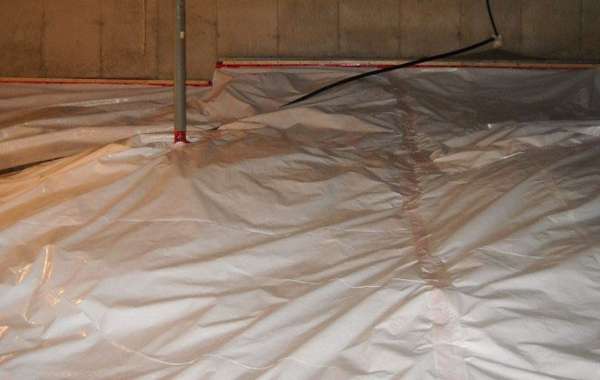
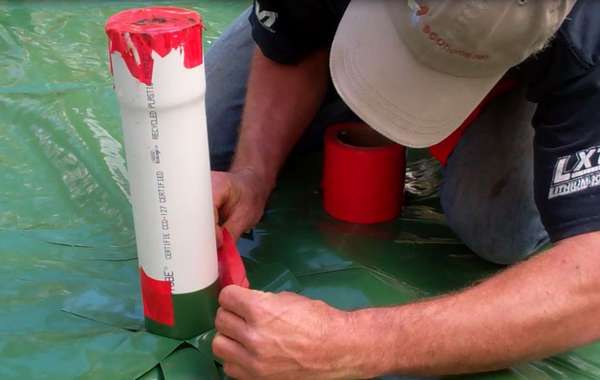
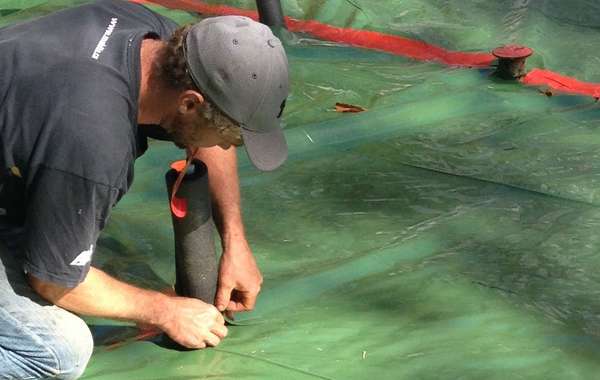


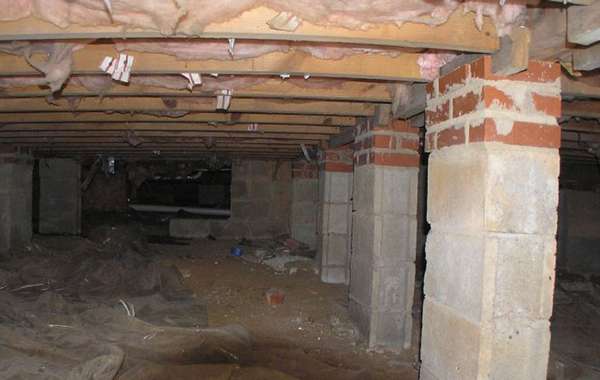
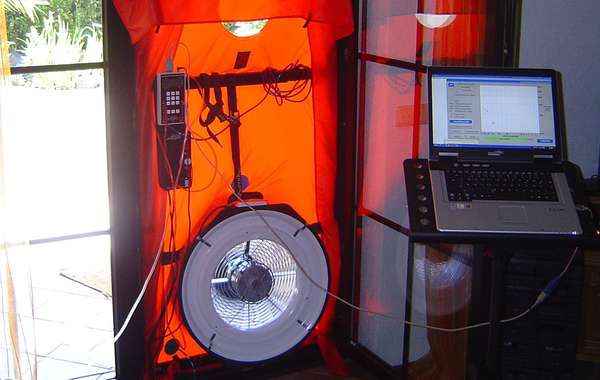
Installing a radon barrier in a crawlspace can be a pretty easy DIY job, assuming there is enough head room to move around. Below is page where we are installing a radon barrier and passive stack in a new slab on grade, yours will be a bit different but this will help a lot with visuals to accompany the instructions you will read below –
DIY radon barrier and passive radon stack installation video
This page will also be valuable – how to insulate and prevent mold in a crawl space
The most important thing to do in a crawlspace is make sure it has a vapor barrier covering the dirt, which also acts as the radon barrier. Radon gas is heavier than air, so keeping it contained underneath a polyethylene barrier is a great first step, and if you have some basic home renovation skills you may be able to pull off the vent as well.
So from the start –
Lay down a polyethylene membrane. 6-mil is okay, 10 or even 15 mil is better as it is much more difficult to puncture while you are walking around on it with tools and such, particularly since yours is rock. Is it very sharp in places? If so - theres nothing that says you can lay down something for added protection, like a piece of poly folded up a few times to prevent piercing your actual membrane.
Overlap the poly at the joints, run a bead of acoustic seal between them, squish it together nicely then tape the seam.
If there are posts in the middle of the crawlspace, run the plastic up to it, and I would again use a bead of acoustic seal and tape the plastic to whatever posts and penetrations are in the way (also seen in the video above).
Run the barrier up the exterior walls as high as you can. This is also a good practice if you plan to insulate the walls, and the poly will keep insulation dry as well. Use acoustic seal again to seal the poly to the wall. You could try taping it to the foundation but if it doesn’t hold securely I would use strapping screwed into the foundation walls.
That is how to seal the floor off and keep the radon contained in the ground. Now that you know how to do that, let’s backtrack a bit because you may be able to do the radon stack yourself as well.
A passive radon stack can be made with septic pipes, they are usually 4-inch white tubes and they have holes all along the length (as you will see in the DIY radon barrier video above). It sounds like you have a pretty small space so you won’t need many, and it doesn’t need to be a network of tubing. You are really only looking to provide an escape route for the gas. If you seal it up well and put the tube at a lower point of the floor, that will be the easy route for the gas to take.
You would need an angle joint to turn it up 90 degrees to go up the wall, and with another 90-degree piece you can cut a hole in a rim joist and pop the tube through. Voila, radon barrier and passive stack.
Important note – it may seem obvious, but I mention this simply because we know it has happened – be sure to transition to a tube WITHOUT holes as you run it up the wall and vent it to the outside, otherwise the hole exercise will have been for nothing. Hopefully that helps and let us know if you need more clarification, good luck!